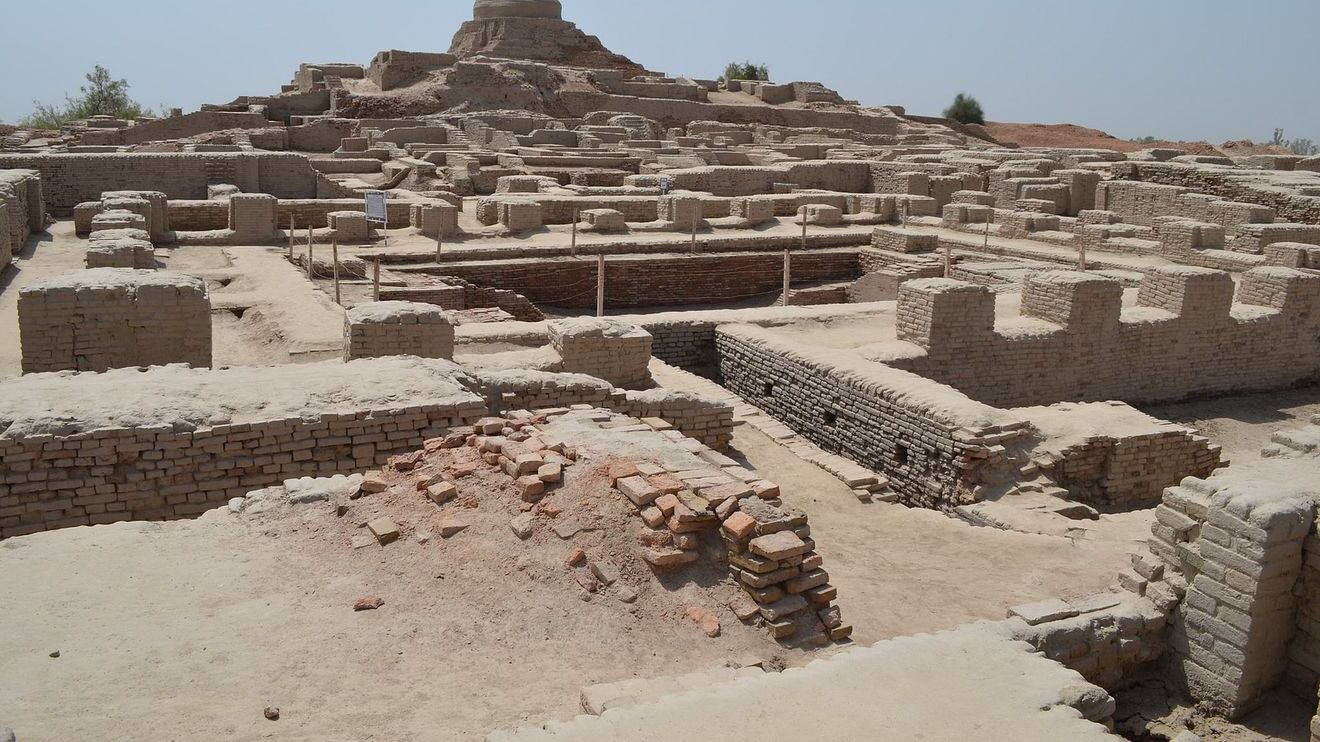
What was the Harappan Culture? Harappan Culture, also known as the Indus Valley Civilization, thrived around 2500 BCE in what is now Pakistan and northwest India. This ancient society is famous for its advanced urban planning, impressive architecture, and sophisticated drainage systems. Why is Harappan Culture important? It represents one of the world's earliest urban cultures, showcasing remarkable achievements in technology, trade, and governance. What can we learn from Harappan Culture? By studying their artifacts, we gain insights into their daily lives, social structures, and interactions with neighboring regions. How did Harappan Culture influence modern society? Their innovations in city planning and public sanitation set foundational principles still relevant today.
Key Takeaways:
- The Harappan culture, dating back to 3300 BCE, was a sophisticated civilization with advanced urban planning, trade, and agriculture, leaving a lasting legacy on modern society.
- Harappan cities were marvels of organization and cleanliness, with advanced drainage systems and standardized brick construction. Their influence on modern agriculture and urban planning is still felt today.
The Origins of Harappan Culture
Harappan culture, also known as the Indus Valley Civilization, flourished around 3300 BCE to 1300 BCE in what is now Pakistan and northwest India. This ancient civilization is renowned for its advanced urban planning, architecture, and social organization.
- Harappan culture is one of the world's oldest civilizations, contemporary with ancient Egypt and Mesopotamia.
- The civilization is named after Harappa, one of its major cities, discovered in the 1920s.
- Harappans developed a script that remains undeciphered, known as the Indus script.
- The civilization covered an area larger than ancient Egypt and Mesopotamia combined.
Urban Planning and Architecture
The Harappans were master planners and builders. Their cities reflect a high degree of sophistication and organization.
- Cities like Harappa and Mohenjo-Daro were laid out in a grid pattern, a feature uncommon in ancient times.
- Harappan cities had advanced drainage systems, with covered drains running along the streets.
- Buildings were constructed using standardized baked bricks, showcasing uniformity in construction.
- Public baths, like the Great Bath of Mohenjo-Daro, indicate the importance of cleanliness and ritual bathing.
Social and Economic Life
The daily life of Harappans was complex and well-organized, with a strong emphasis on trade and agriculture.
- Harappans engaged in extensive trade with Mesopotamia, evidenced by Indus seals found in Mesopotamian cities.
- Agriculture was the backbone of their economy, with crops like wheat, barley, and peas being cultivated.
- They domesticated animals such as cattle, sheep, and goats.
- Artifacts like toys, pottery, and jewelry suggest a rich cultural life and skilled craftsmanship.
Religion and Beliefs
While much about Harappan religion remains a mystery, certain artifacts provide clues about their spiritual life.
- Seals depicting animals and mythical creatures suggest a form of animal worship.
- The presence of figurines resembling a mother goddess indicates the worship of fertility deities.
- No large temples have been found, implying that religious practices might have been conducted in homes or open spaces.
- Burial practices included placing goods with the deceased, hinting at beliefs in an afterlife.
Decline and Legacy
The reasons behind the decline of Harappan culture are still debated, but its legacy continues to influence modern society.
- Around 1900 BCE, many Harappan cities were abandoned, possibly due to climate change or river shifts.
- The civilization's decline was gradual, with some regions continuing to be occupied for centuries.
- Harappan techniques in urban planning and water management influenced later cultures in the Indian subcontinent.
- Modern-day Pakistan and India still use some of the agricultural practices developed by the Harappans.
Discoveries and Research
Ongoing archaeological work continues to shed light on this enigmatic civilization.
- New sites are still being discovered, expanding our understanding of the Harappan culture's extent and diversity.
- Advances in technology, like satellite imagery and DNA analysis, are providing new insights into the lives of the Harappans.
Harappan Culture's Lasting Impact
Harappan culture, with its advanced urban planning and impressive craftsmanship, left a mark on history. Their cities, like Mohenjo-Daro and Harappa, showcased remarkable organization, with well-planned streets and sophisticated drainage systems. The use of standardized weights and measures points to a highly organized society.
Their trade networks extended far and wide, connecting them with Mesopotamia and beyond. This exchange of goods and ideas helped shape the ancient world. The mysterious script, still undeciphered, adds an element of intrigue to their legacy.
Artifacts like pottery, jewelry, and tools reveal their artistic and technological prowess. The decline of this civilization remains a topic of debate among historians, but its influence is undeniable. Harappan culture's achievements continue to fascinate and inspire, reminding us of the ingenuity and resilience of ancient societies.
Frequently Asked Questions
Was this page helpful?
Our commitment to delivering trustworthy and engaging content is at the heart of what we do. Each fact on our site is contributed by real users like you, bringing a wealth of diverse insights and information. To ensure the highest standards of accuracy and reliability, our dedicated editors meticulously review each submission. This process guarantees that the facts we share are not only fascinating but also credible. Trust in our commitment to quality and authenticity as you explore and learn with us.
